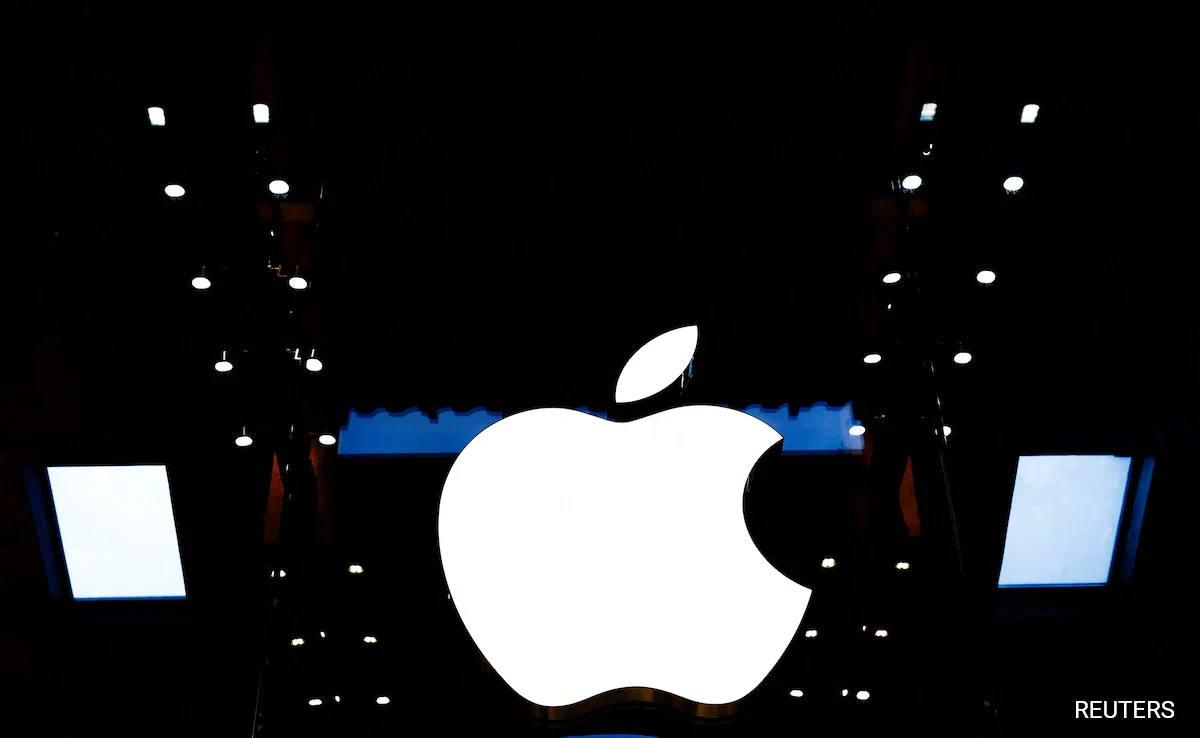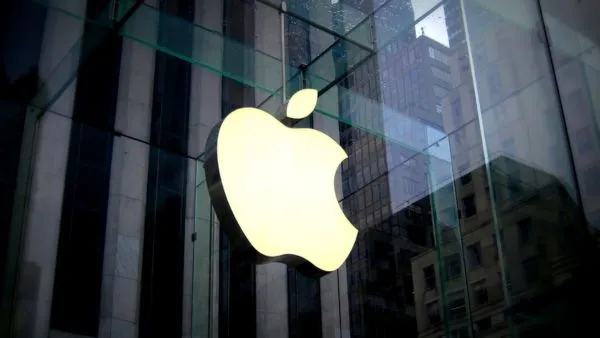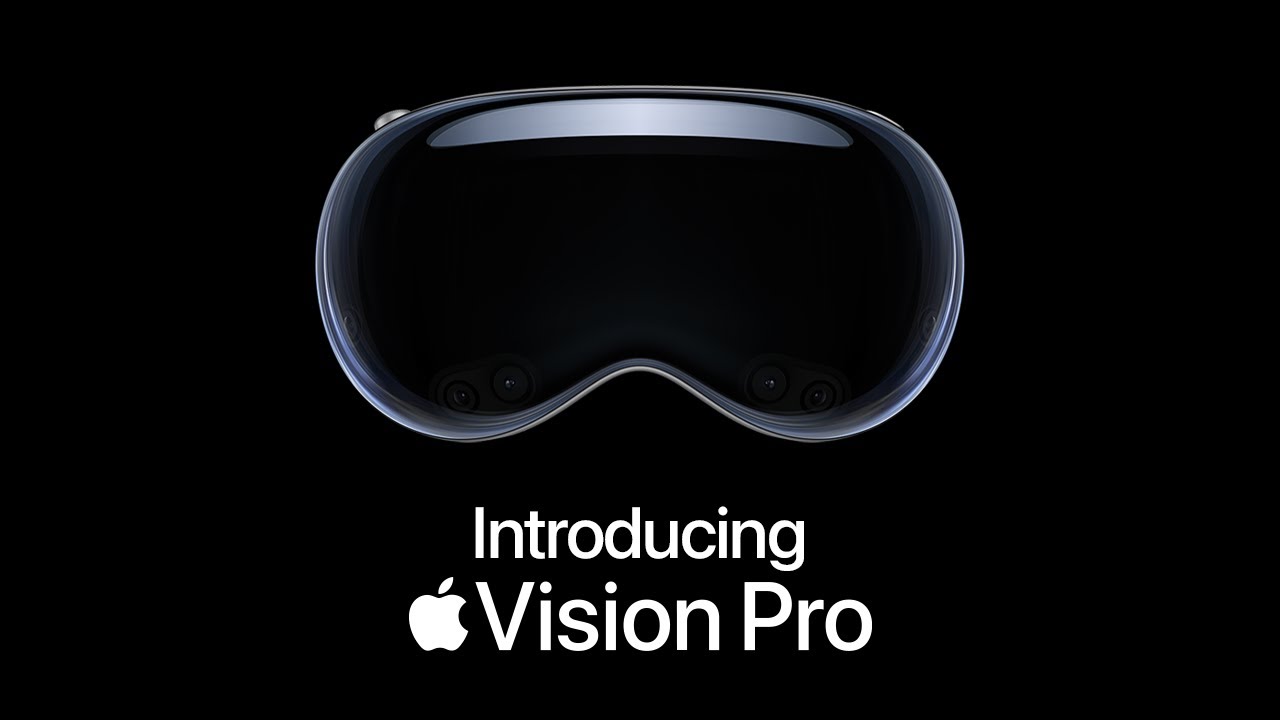Mac OS X turns 20 today
Today macOS, Apple’s proprietary operating system, is one of the top three market leaders. The current macOS Big Sur amazes with its beautiful interface design and wide functionality. This operating system’s history began exactly 20 years ago, on March 24, 2001, when Mac OS X 10.0 Cheetah was introduced, which stood out for the beautiful Aqua graphical interface.

Of course, Mac OS X Cheetah was far from Apple’s first operating system. Before her, the Californian company released several operating systems of the Mac OS family. Nevertheless, Cheetah had much less in common than with the current Big Sur. Mac OS X 10.0 laid the foundations for interacting with an Apple computer and brought in elements preserved in current versions of the Apple operating system.
Although it amazed the imagination with its wide functionality and beautiful design, Mac OS X Cheetah was still not without its drawbacks. The main drawback was just the interface. The fanciful graphical shell was very demanding on the computer’s hardware resources, which negatively affected the stability and performance of the system. It is also worth noting that Cheetah was not distributed free of charge. Its cost was $ 129. Apple’s operating systems became free only in 2013.
10.1 Puma followed Mac OS X Cheetah. This version of the operating system has significantly improved stability. As you can see, Apple’s OS began to be called the names of big cats. This tradition continued until 2013, when versions of the operating system began to receive the names of tourist destinations in California.
The next notable milestone in Mac OS X development was 10.4 Tiger, which received a lot of accolades. This operating system that supports Intel processors appeared, which Apple switched to in 2006, abandoning the Power PC architecture. By the way, already in Mac OS X 10.6 Snow Leopard, Power PC support was completely removed.
In 2012, a rebranding took place. Operating system 10.8 Mountain Lion became OS X, having lost the Mac console. This version also marked a gradual departure from the ideals of skeuomorphism and the beginning of iOS and the desktop operating system’s unification.
Introduced in 2013, OS X 10.9 Mavericks, which lost its feline pedigree and was named after a beach in California, even closer to the flat design canons of iOS 7, presented in the same 2013 the iPhone 5S and 5C. Finally, the OS acquired a flat design with an abundance of translucent elements a year later, with OS X 10.10 Yosemite’s launch.
In 2016, with the release of 10.12 Sierra, Apple renamed the operating system again, this time to macOS. This name still exists today. Although the current macOS Big Sur received an index of 11.0, conditionally ending Mac OS X’s era (where X is the number 10), it is a direct descendant of the legendary 10.0 Puma. It represents the quintessence of Apple’s achievements in the field of operating systems over the past 20 years.









